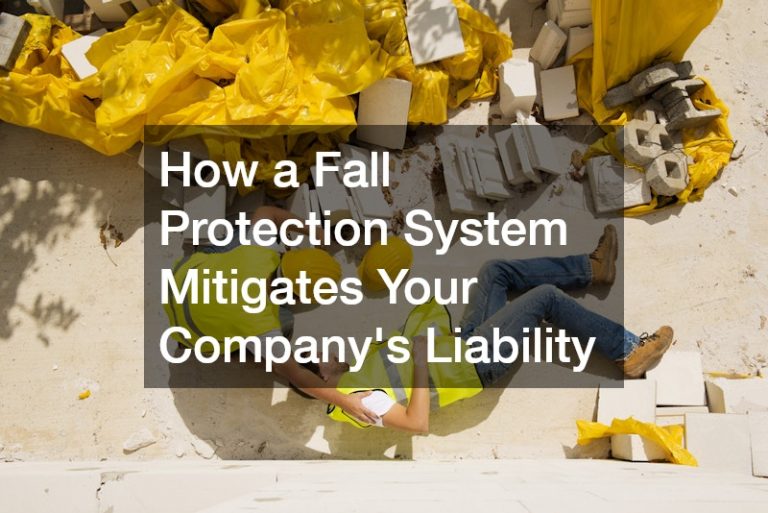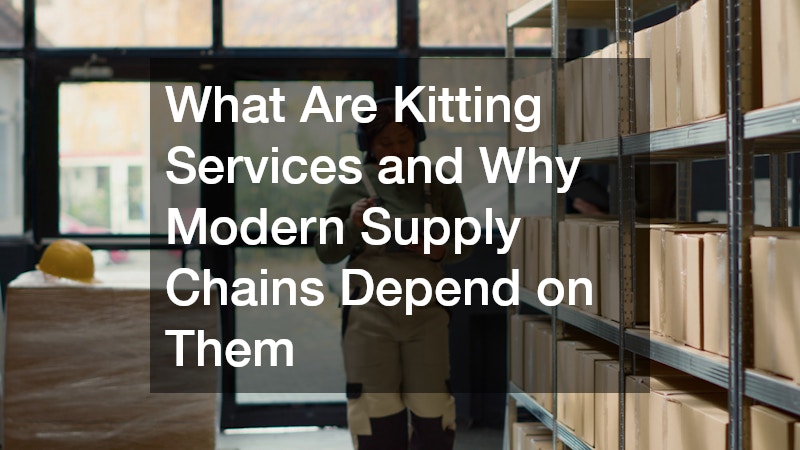In today’s fast-paced and highly regulated work environments, workplace safety is a legal and financial priority. One of the most significant risks across many industries, particularly construction and manufacturing, is the threat of falls from heights. Beyond the immediate danger to employees, these incidents can expose companies to serious legal consequences, costly compensation claims, and long-term reputational damage. This article explores how implementing a comprehensive fall protection system not only safeguards your workforce but also plays a vital role in reducing your company’s liability.
What Constitutes a Fall Protection System?
An effective fall protection system is composed of various essential components designed to prevent falls and associated injuries. The key elements include safety harnesses, which employees wear to secure themselves in high places, guardrails that provide a physical barrier at edges and heights, and safety nets that catch individuals if they fall.
By implementing these elements, companies can significantly mitigate their liability by minimizing the risk of falls and injuries in the workplace.
Each component plays a crucial role in ensuring worker safety and reducing the potential for accidents. Safety harnesses are designed to distribute the force of a fall across the wearer’s body, preventing injury, while guardrails act as a proactive measure to prevent falls from occurring in the first place. Safety nets, as a secondary precaution, catch workers who may fall, acting as a failsafe in high-risk environments.
Personal Protective Equipment (PPE) is another vital aspect of any fall protection system, providing workers with helmets, gloves, and other gear to minimize injury impact. Combined, these components function as a comprehensive safety system that not only protects employees but also protects the company from potential legal ramifications associated with workplace injuries. By investing in these protections, businesses demonstrate a commitment to safety, ultimately reducing liability and promoting a culture of vigilance.
Why is Fall Protection Crucial for Legal Compliance?
The Occupational Safety and Health Administration (OSHA) sets forth specific standards that require fall protection across various industries, emphasizing its crucial role in legal compliance. Companies are obligated by law to adhere to these standards, which include providing appropriate equipment like harnesses and guardrails, as well as ensuring proper training and risk assessments. Non-compliance with OSHA standards can result in severe consequences such as substantial fines, legal action, and increased liability risks for businesses.
OSHA regulations are designed to ensure a safe working environment and to reduce workplace hazards, reflecting the importance of a robust fall protection system. Businesses that fail to comply with these requirements not only face financial penalties but also risk damaging their reputation and credibility within the industry. Additionally, the potential for workplace incidents is greatly reduced when companies comply with OSHA guidelines, showcasing a proactive approach to legal obligations.
By implementing an effective fall protection system, companies meet OSHA’s stringent safety requirements, thereby shielding themselves from legal repercussions and reinforcing their commitment to employee welfare. This compliance is not only a legal necessity but a business imperative that underscores the responsibility of companies to safeguard their workers. Consequently, investing in fall protection systems is a prudent strategy for minimizing liability and protecting the long-term interests of the business.
How Does a Fall Protection System Improve Workplace Safety?
Statistics indicate that falls are one of the leading causes of workplace injuries, underscoring the critical need for effective fall protection systems. According to the Bureau of Labor Statistics, falls accounted for approximately 36% of all worker fatalities in the construction industry in 2020, highlighting the urgent need for comprehensive safety measures. Implementing fall protection systems has been shown to drastically reduce these numbers, thereby decreasing a company’s liability and potential financial losses.
Companies without proper fall protection systems face five times more fall-related accidents, further underscoring their importance. These systems create a safer working environment, reducing injury rates and demonstrating a company’s commitment to employee well-being. By prioritizing safety, businesses can mitigate liability risks while fostering a culture of safety awareness that benefits both employees and the organization as a whole.
What are the Financial Implications of Investing in Fall Protection?

Investing in a fall protection system may involve an initial financial outlay, but the long-term benefits far outweigh the costs. A comprehensive cost-benefit analysis reveals that the upfront expense is offset by considerable savings from reduced insurance premiums, fewer compensation claims, and avoidance of legal fees. In fact, the National Safety Council estimates that a fall protection system can save $4 to $6 for every dollar spent, reflecting its financial viability.
The presence of a fall protection system also enhances employee morale and productivity by ensuring a safer work environment, ultimately leading to financial gains for the company. When employees feel safe, they are more likely to focus on their tasks without the distraction of safety concerns, leading to improved efficiency and output. Additionally, companies with strong safety records often experience lower staff turnover, further reducing recruitment and training costs.
Investing in a fall arrest system is more than just meeting legal requirements—it’s a smart business move. It helps reduce liability, prevent workplace injuries, and build employee confidence in a safe work environment. Over time, these benefits translate into significant cost savings and improved productivity, demonstrating that prioritizing safety directly supports a company’s financial success.










